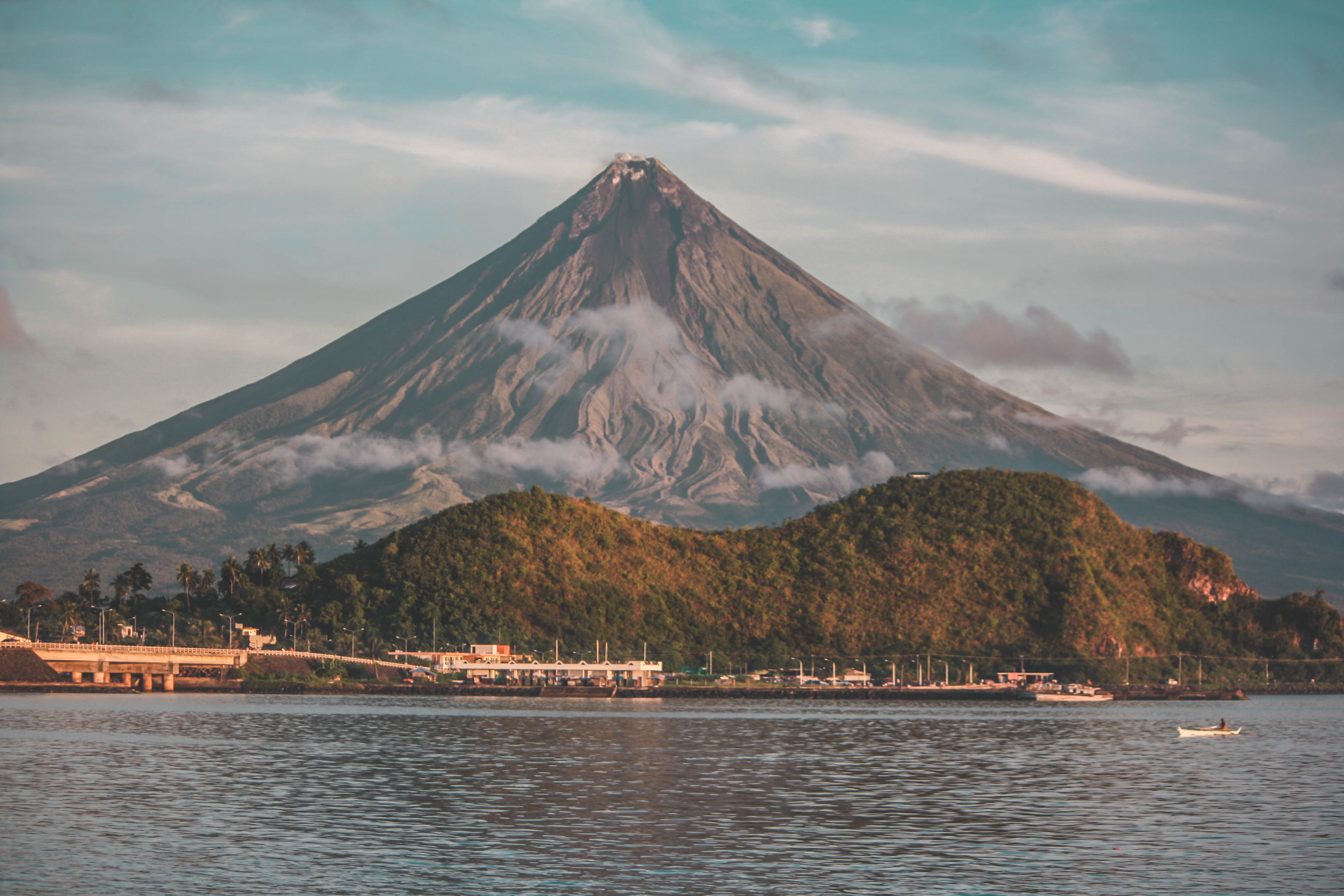Volcanoes are among the most powerful and visually stunning features of the Earth’s surface. While they vary greatly in size, type, and activity, some volcanoes captivate with their near-perfect conical shapes which are a result of consistent eruptions, ideal geological conditions, and minimal erosion.
These symmetrical giants often become iconic landmarks and are revered not just for their beauty but also for the geological stories they tell. Here’s a look at some of the world’s most perfectly shaped volcanoes.
Mount Mayon, the Philippines

Located in the province of Albay in the Philippines, Mount Mayon is often regarded as the most perfectly shaped stratovolcano in the world. Rising 2,462 meters above sea level, it towers majestically with a strikingly symmetrical cone that has become a national symbol of beauty and power.
Mayon’s conical shape is a result of its frequent eruptions, which have consistently built up its form through the layering of lava and pyroclastic materials. Despite its aesthetic allure, Mayon is highly active and dangerous.
It has erupted more than 50 times in recorded history, with some eruptions resulting in significant loss of life and property. Its beauty is matched by its volatility, a constant reminder of the dual nature of such natural wonders.
Mount Fuji, Japan

Few mountains are as culturally and spiritually significant as Mount Fuji in Japan. Standing at 3,776 meters, it is the highest peak in the country and one of the most photographed and painted natural landmarks in the world. Fuji's nearly symmetrical cone is visible from great distances and has inspired countless works of art, poetry, and religious practices.
Mount Fuji’s current shape formed over thousands of years of volcanic activity, the most recent of which was the eruption in 1707. Despite being classified as an active volcano, Fuji has remained dormant since that time. Its pristine snow-capped peak and near-perfect geometry continue to draw millions of visitors and pilgrims each year, making it not only a geological marvel but also a spiritual and cultural beacon.
Mount Damavand, Iran

Located in the Alborz mountain range near the southern coast of the Caspian Sea, Mount Damavand is Iran’s highest peak and an almost symmetrical stratovolcano. Rising to 5,610 meters, it dominates the landscape with its cone-shaped form, which is accentuated by snow cover during much of the year.
Damavand’s symmetry is enhanced by the relative isolation of the mountain from surrounding peaks, making its volcanic shape more prominent. Although considered dormant, the presence of fumaroles and hot springs suggests that geothermal activity continues beneath the surface. In Persian mythology, Mount Damavand holds a place of great importance, often seen as a symbol of resistance and resilience.
Mount Osorno, Chile

In southern Chile, the Osorno Volcano is renowned for its near-perfect conical shape, which bears a striking resemblance to Mount Fuji. Towering over the Chilean Lake District at 2,652 meters, it is framed by lush forests and glacial lakes, enhancing its dramatic appearance.
Osorno is considered active, with its last eruption occurring in the 19th century. Its symmetrical form is the product of centuries of volcanic activity in the Andean volcanic belt. Because of its scenic setting and snow-covered summit, Osorno is a popular destination for climbers, photographers, and tourists seeking natural beauty.



















